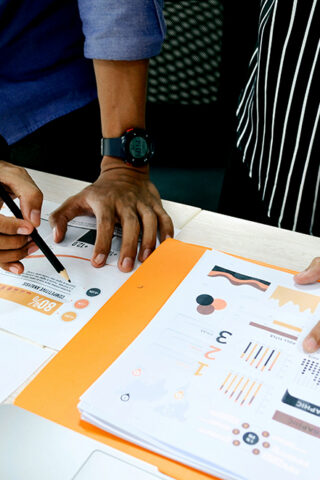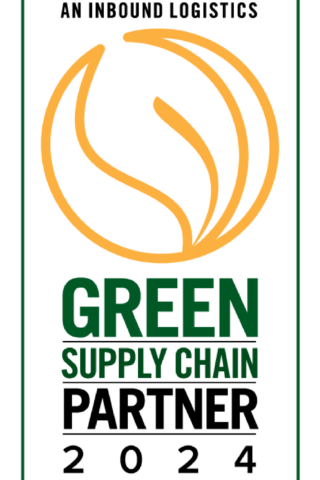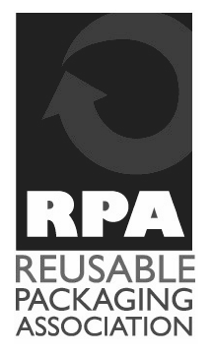University of Oslo, Eléonore Maitre-Ekern, Postdoctoral Fellow, Department of Private Law, University of Oslo, interview by Kasper Holter Johns. Published Nov. 16, 2020 10:57 AM – Last modified Nov. 16, 2020 11:51 AM
Current production and consumption patterns are ripe for a change: we need to transition to sustainable circularity, says Eléonore Maitre-Ekern, in this interview by Kasper Holter Johns.

Illustration: Raworth 2017
Towards sustainable circularity
Eléonore Maitre-Ekern was a Lead Circular Economy Researcher in the now completed SMART Project and is now Postdoctoral Fellow with the new project Futuring Sustainable Nordic Business Models (Futuring Nordics).
– The transition to a circular economy should not be a goal in itself. It can however be a means to achieving sustainability.
She argues for the need to reconcile legal and economic theories with the laws of nature. Social and technological advancements achieved since the industrial revolution have also led to the unprecedented environmental and societal challenges the world is currently facing. That is notably due to the dismissal of nature’s limitations and the mirage of endless economic growth.
– The linear economy builds on the assumption that there always will be enough resources, she continues. In reality, we know there are limits, and research shows that we’re already beyond several of those limits. A circular economic model, on the other hand, aims to imitate nature’s ways and recognises that resources need time to regenerate and that the assimilative capacity of our planet is not endless. The goal is to ensure that we create value for all and in the long term without destroying the planet.
Precaution and sufficiency
In Thinking Fast and Slow, the Nobel prize-winning psychologist Daniel Kahneman writes that most people are loss averse. If there’s an equal chance of losing $100 as winning $150, you probably won’t take the risk. Precaution is in our nature. It is perhaps a paradox then that we have been extracting resources, producing products and consuming with little regard to the losses to our habitat. At this rate, by 2050, it has been estimated that we would need three planets to provide enough natural resources to sustain our current lifestyle.
Thus, it is no coincidence that the central premise underpinning her SMART reform proposals Towards a Sustainable Circular Economy is the need to take a precautionary approach. Instead of allowing any products to be commercialised as long as producers pay for waste management, Dr Maitre-Ekern proposes to create a system in which products must meet certain criteria (in particular of durability and reparability) ahead of entering the EU market. Additionally, producers must provide information about their product’s life cycle impact upon request.
The initial idea of the circular economy was to create loops of maintenance, reuse, refurbishing and recycling to limit raw material extraction and waste generation. Circularity was essentially about achieving efficiency. Yet there are limits to efficiency. Circularity itself will not keep us within planetary boundaries. Products break. The loops require resources. People buy unnecessary stuff. They throw away functioning items.
According to Dr Maitre-Ekern the real challenge is to aim at sufficiency.
– We need to reduce how much we produce and how much we consume. We need high quality and durable products that last longer. We need to have access to and the right to repair. If products are modular, with interchangeable parts, we can repair them, even improve them.
Consumption and the social transition
In other words, sustainable circularity is also about empowering consumers.
– They must be able to access and choose sustainable consumption for this to work, Dr Maitre-Ekern clarifies.
– Consumers need proper information: how efficient is the product? Is it durable? Can I repair it – and where? With proper information, they can consider the long-term investment. Finally, we need to guarantee that choosing quality and durability will pay in the long term. That is also what the SMART reform proposals are about.
Another essential aspect of sustainable circular economy – and one that is too often forgotten in discussions on circularity – is the social aspects of a circular transition. Fair wages, for instance, inherently affects the options people have. Certain regions and markets simply cannot afford high quality and durable products. Moreover, a prerequisite for choice is a safe and secure social foundation. People do not care about energy efficiency, quality or repair if there is no food on the table.
– The aim of a sustainable circular transition is to contribute to securing a social foundation for humanity within planetary boundaries.
The Futuring Nordics Project
In the Futuring Nordics Project, Dr Maitre-Ekern will continue addressing the difficult questions. Her first objective is to identify the theoretical foundation of sustainable circularity. What for instance, is the legal relevance of the precautionary principle? Could the concept of ‘the rule of law’ include sustainability – both environmental and social? Are obligations imposed on the state or the private market actors? Her second objective is to study and identify barriers to businesses that are transitioning to a sustainable (circular) business model, in particular repair.
– Repair is one of the main means of extending a product’s lifetime and thus an excellent case study of possible sustainable circular business models.
Based on empirical data, Dr Maitre-Ekern aims to develop policy proposals that promotes the transition to sustainable business models.
– To enable sustainable circular business models we need to give business the means to do so. I will look into what policy changes that are required, both at EU-level and in Norway. I will draw inspirations from other countries, such as France and its new circular economy package, and Sweden’s tax rebates on repair activities.
– We have created a system in which we feel we need to consume. But our current consumption patterns do not reflect human nature. We need to change that system once more: to one in which we purchase less products of better quality, use them longer and repair them when they break. A system that guarantees prosperity for all within planetary boundaries.








